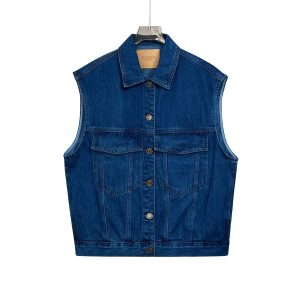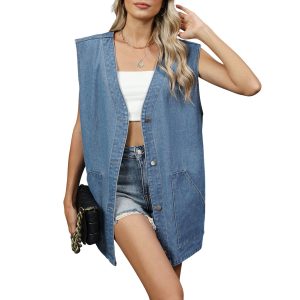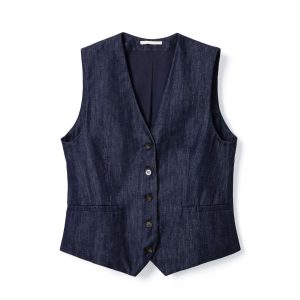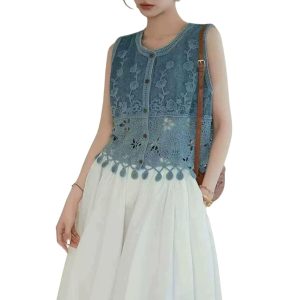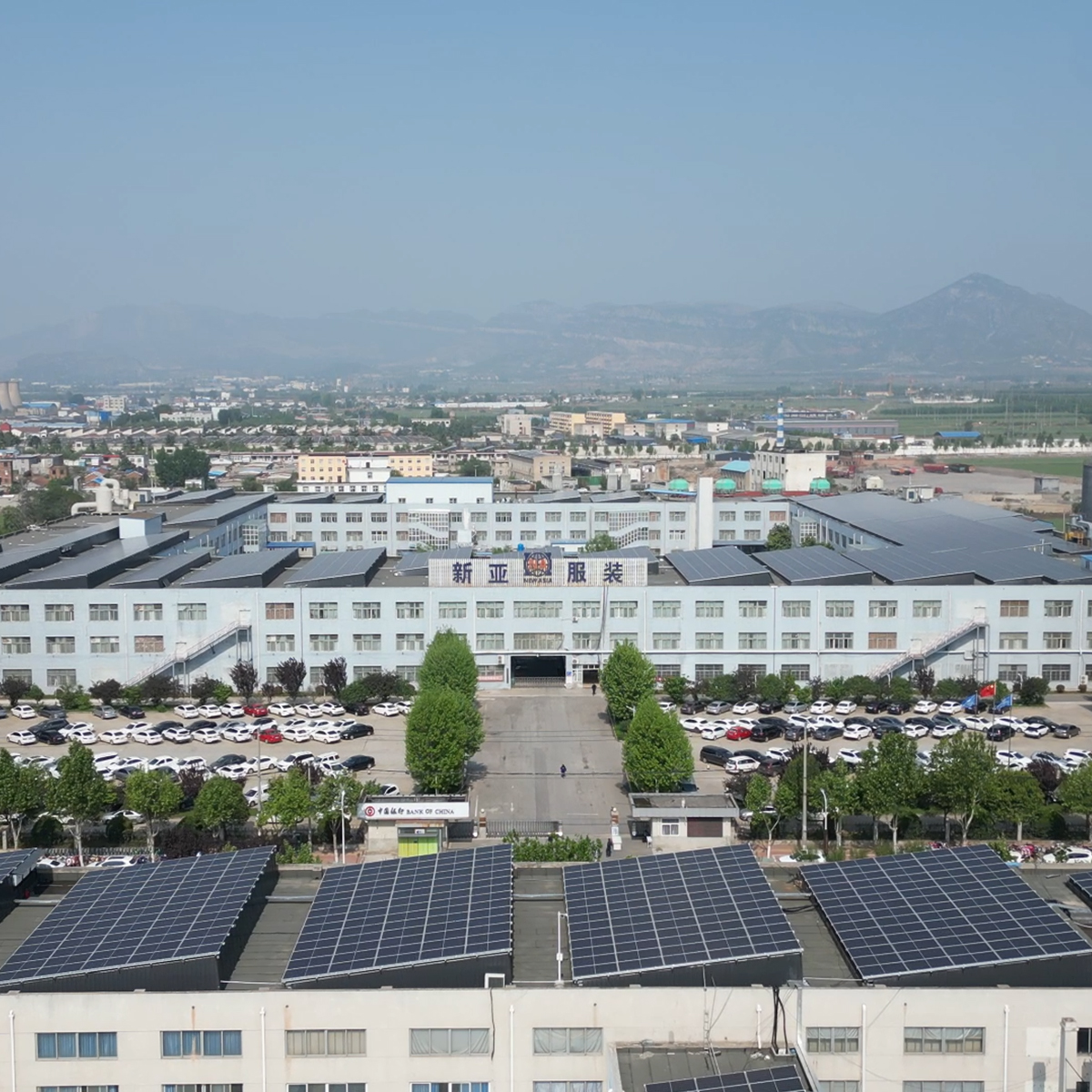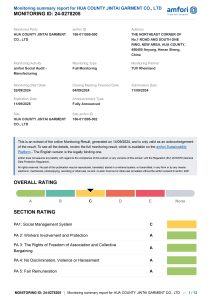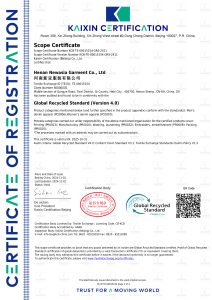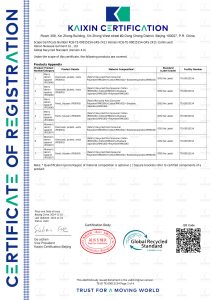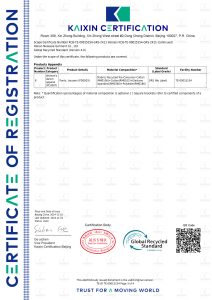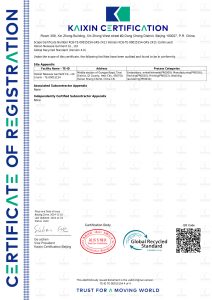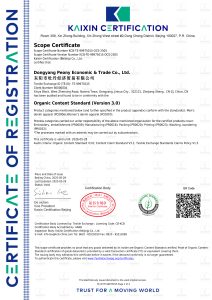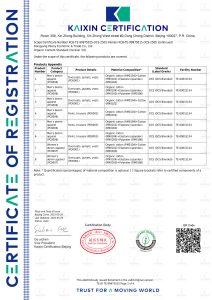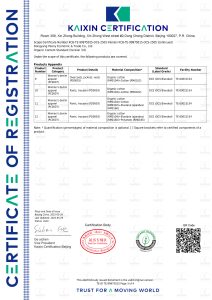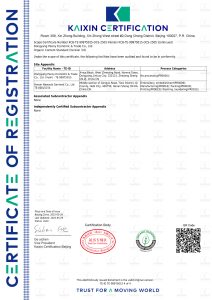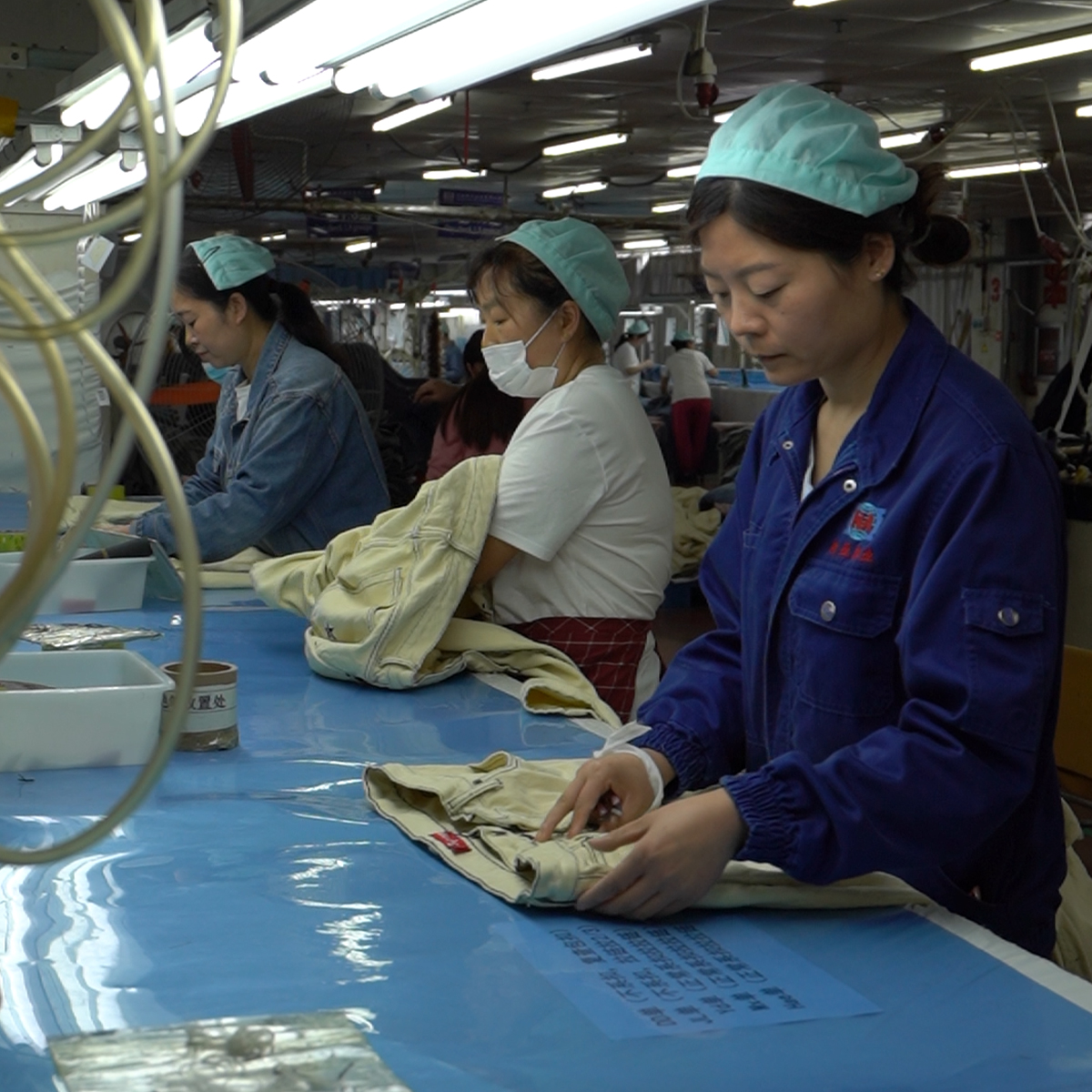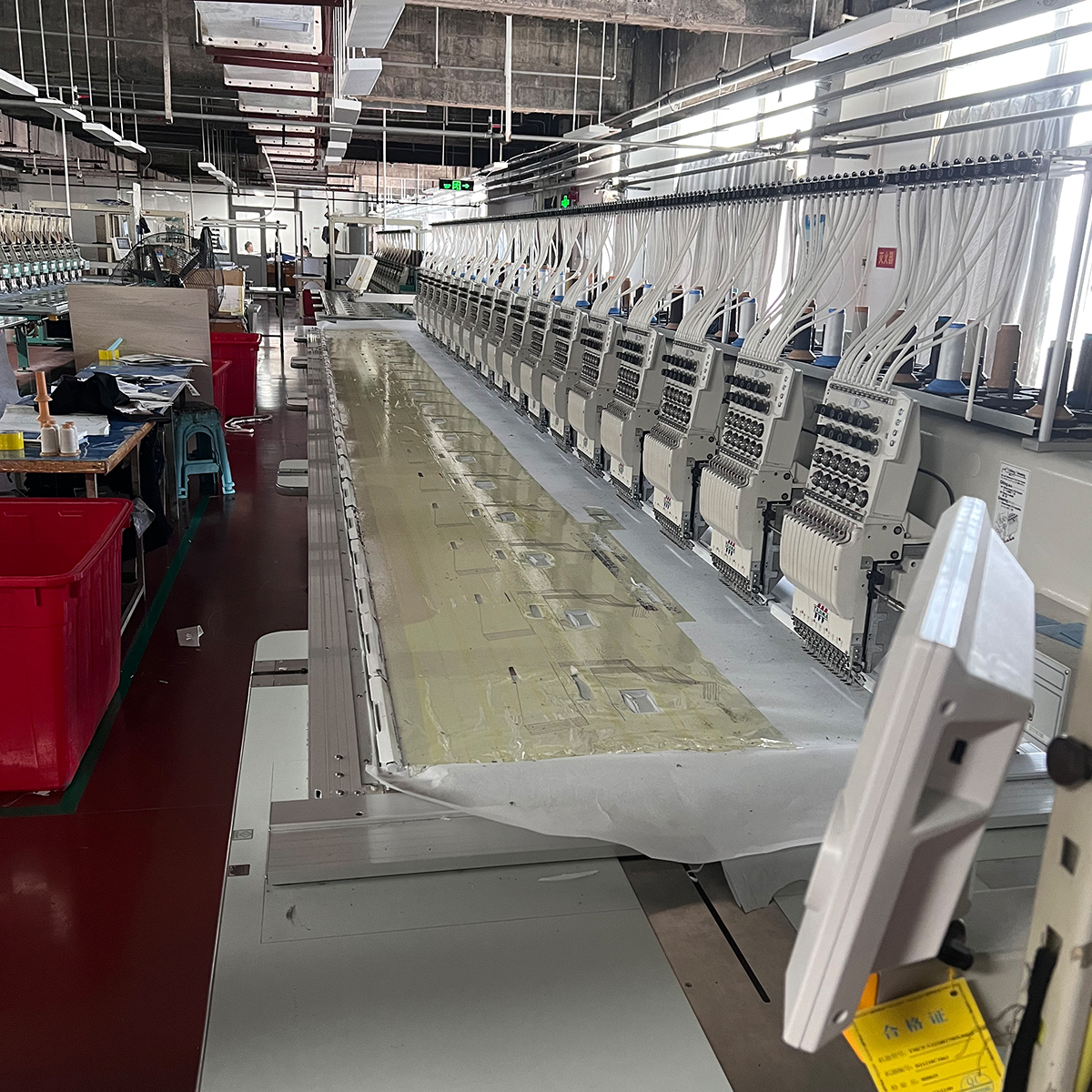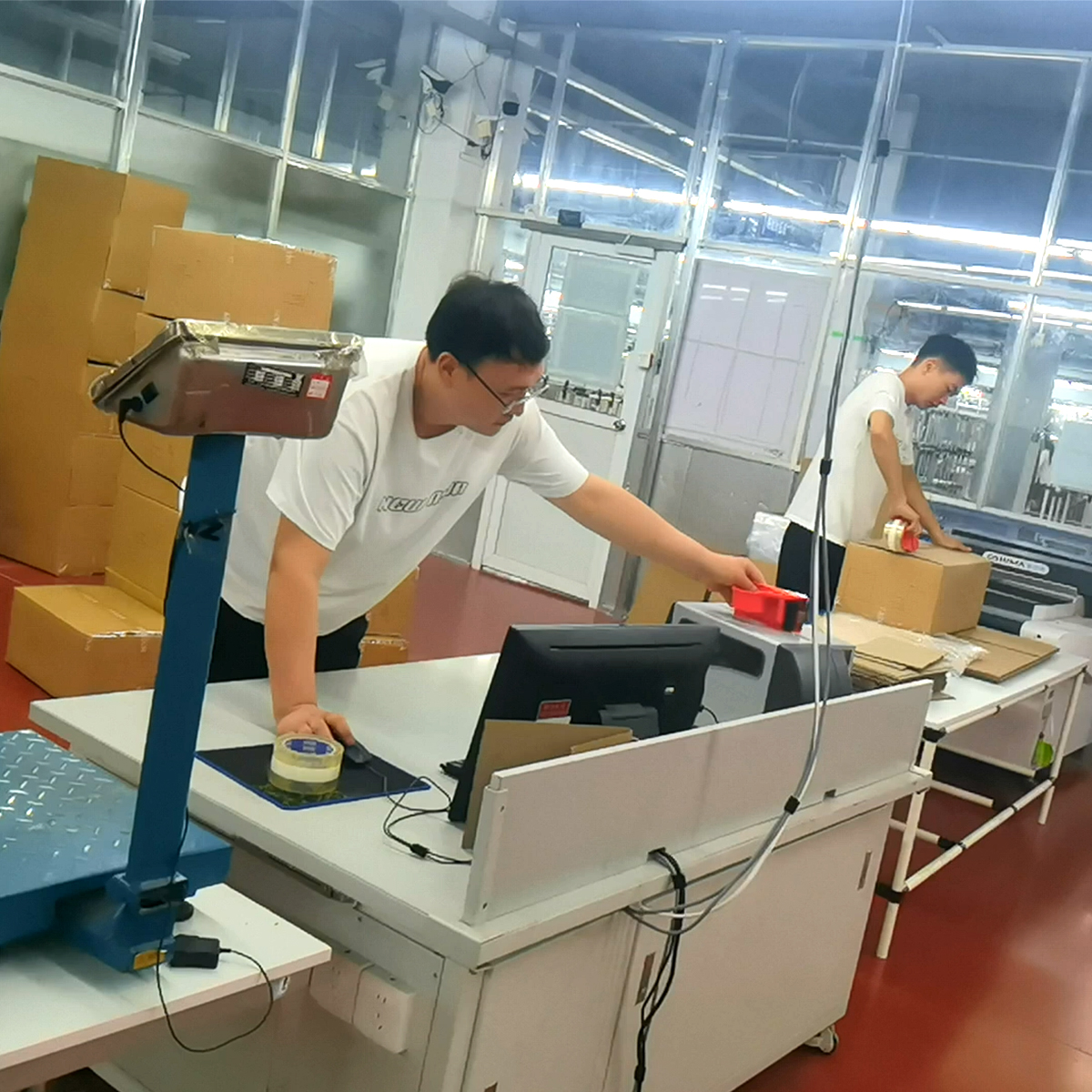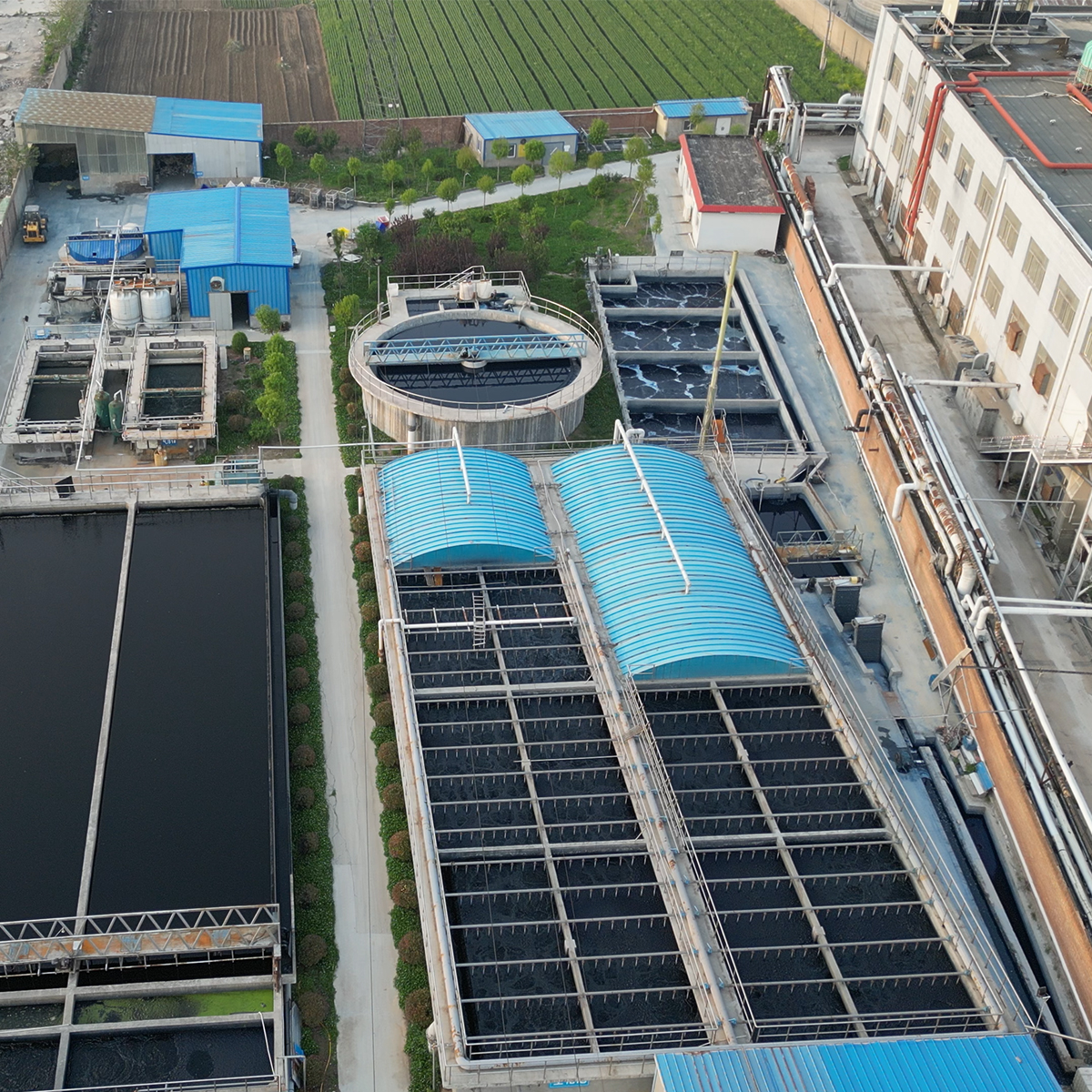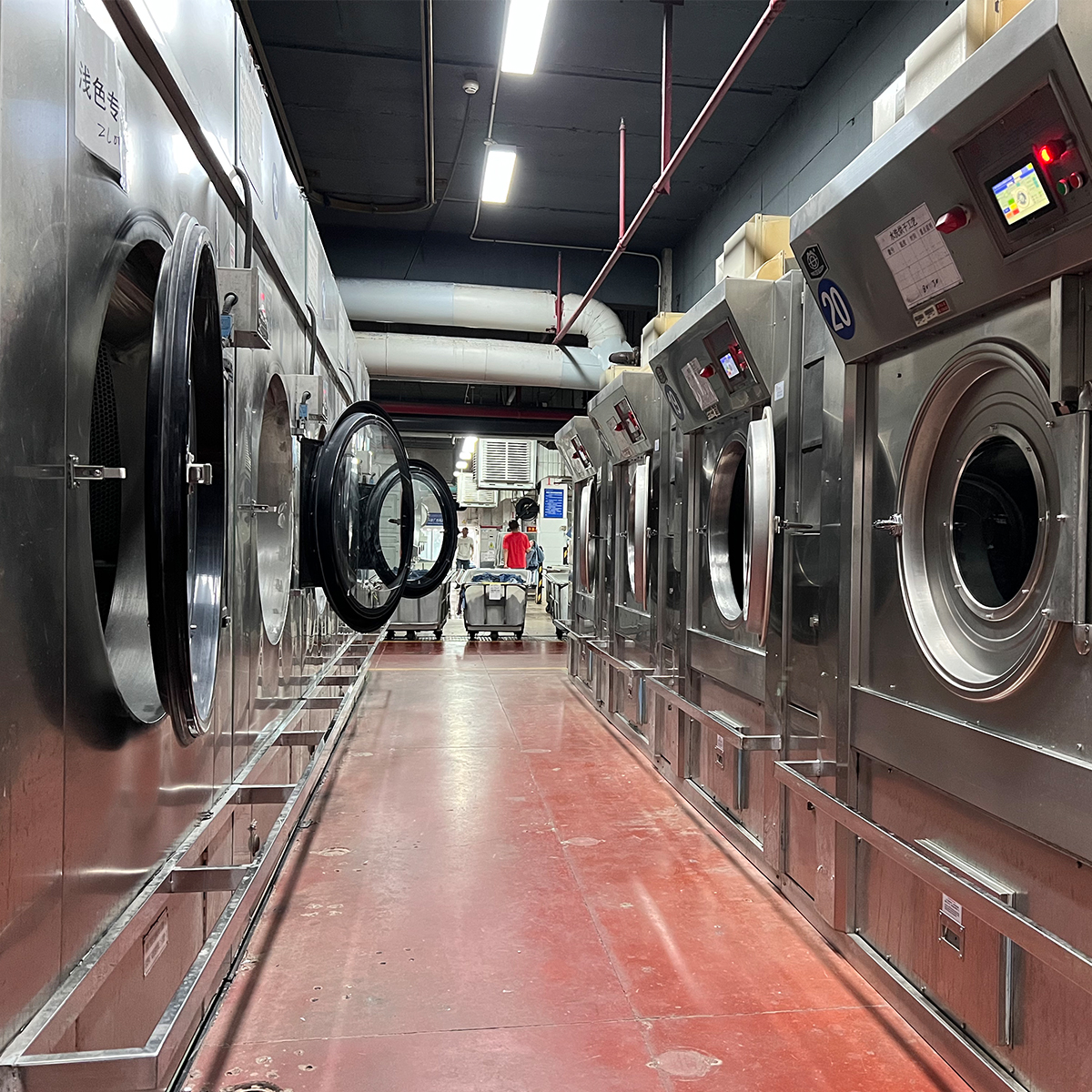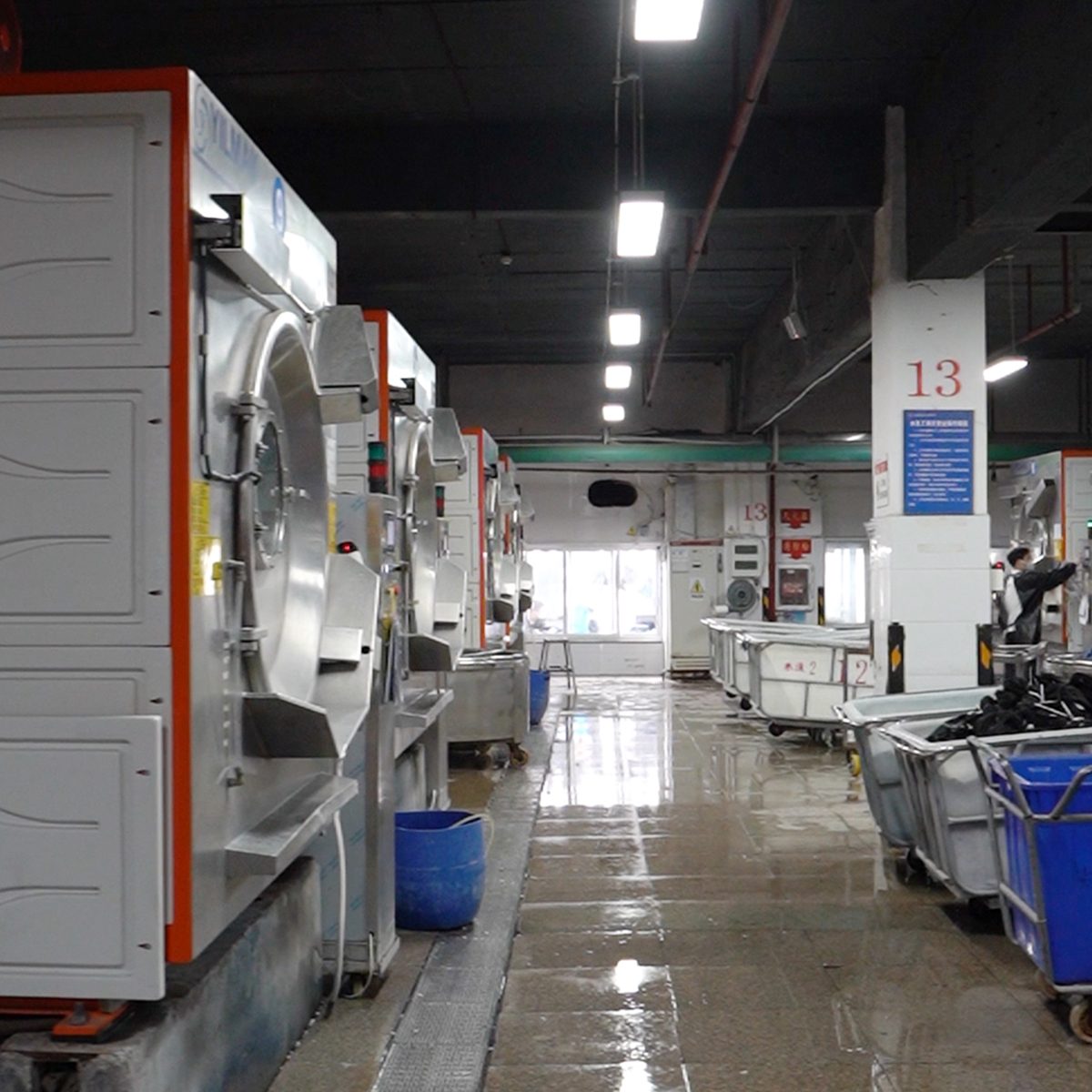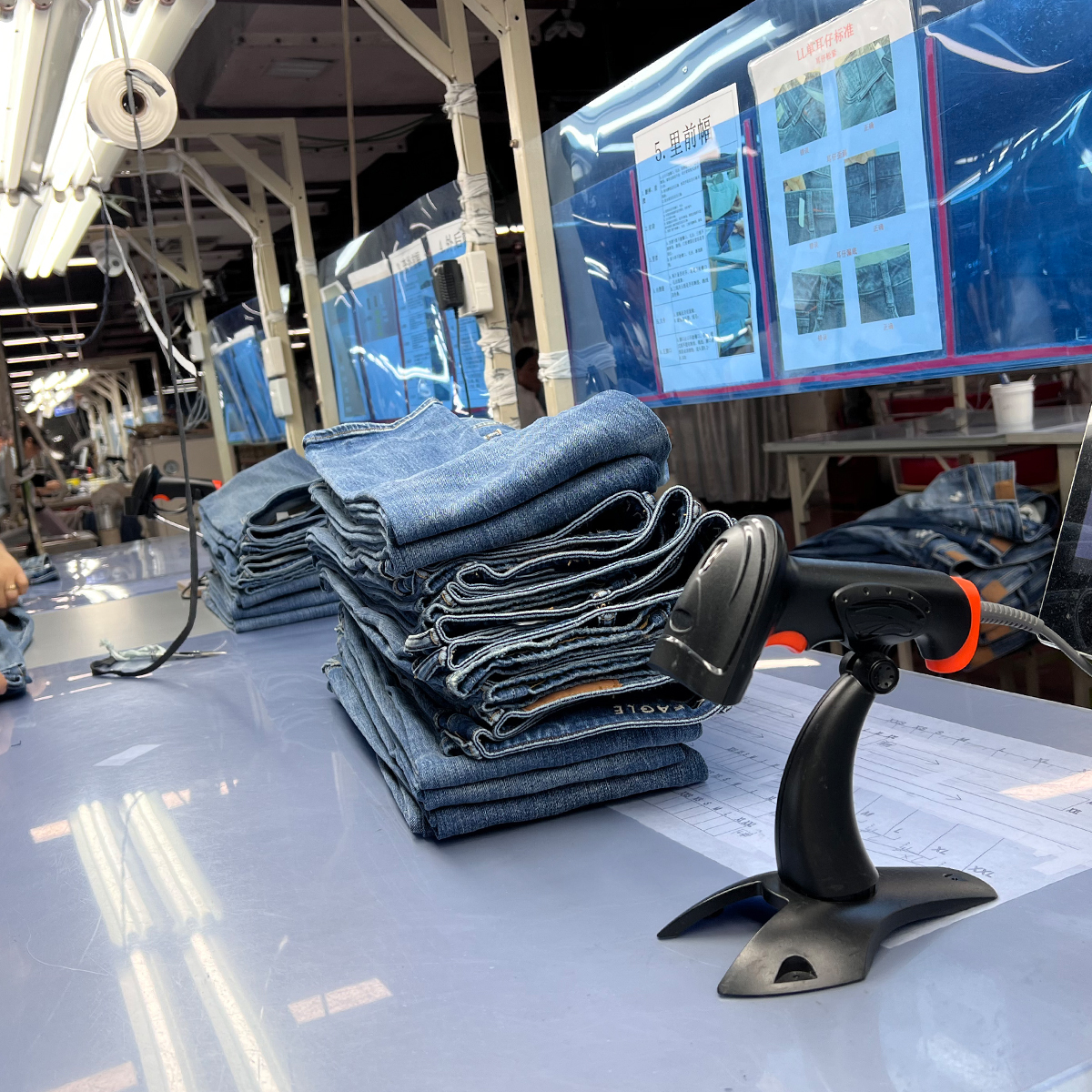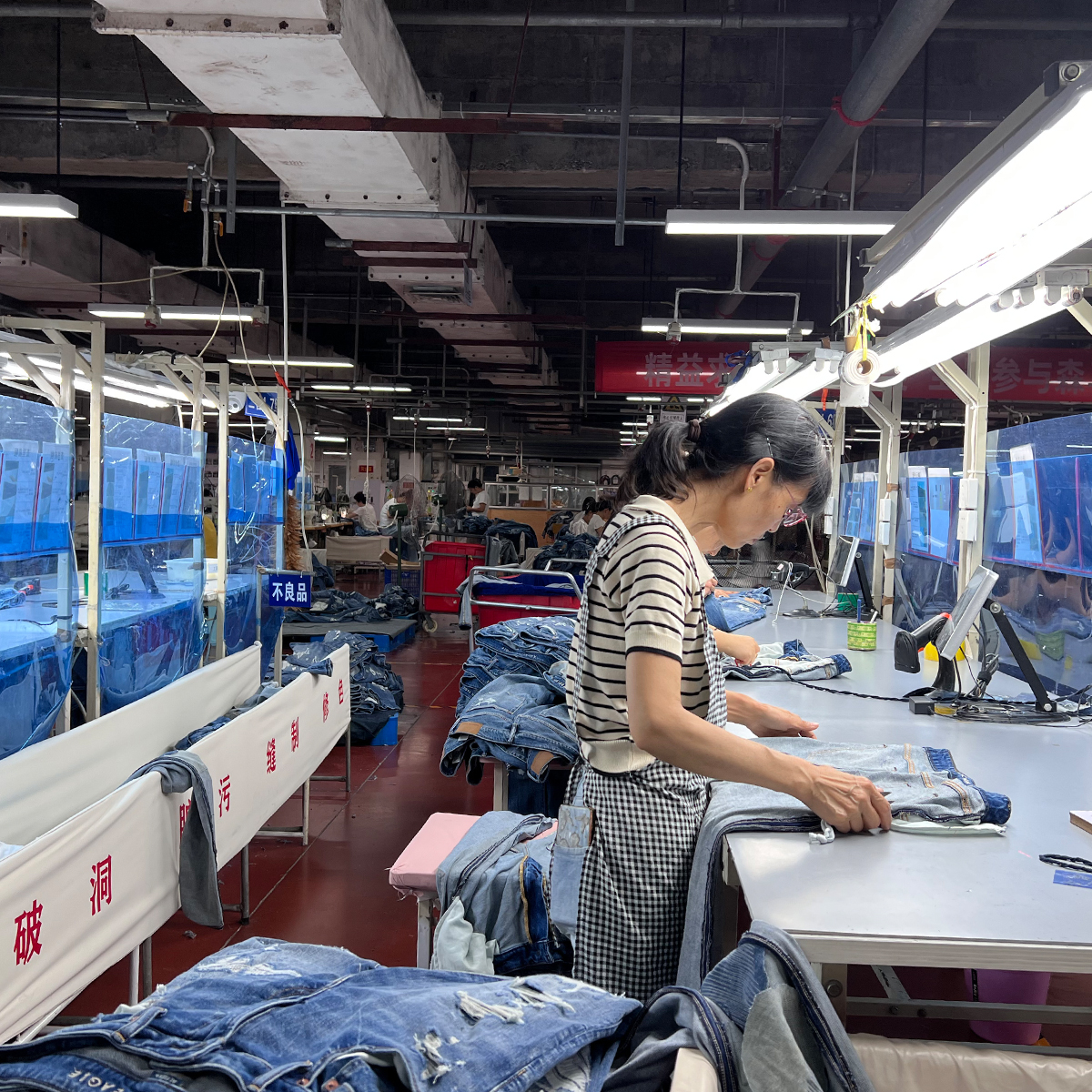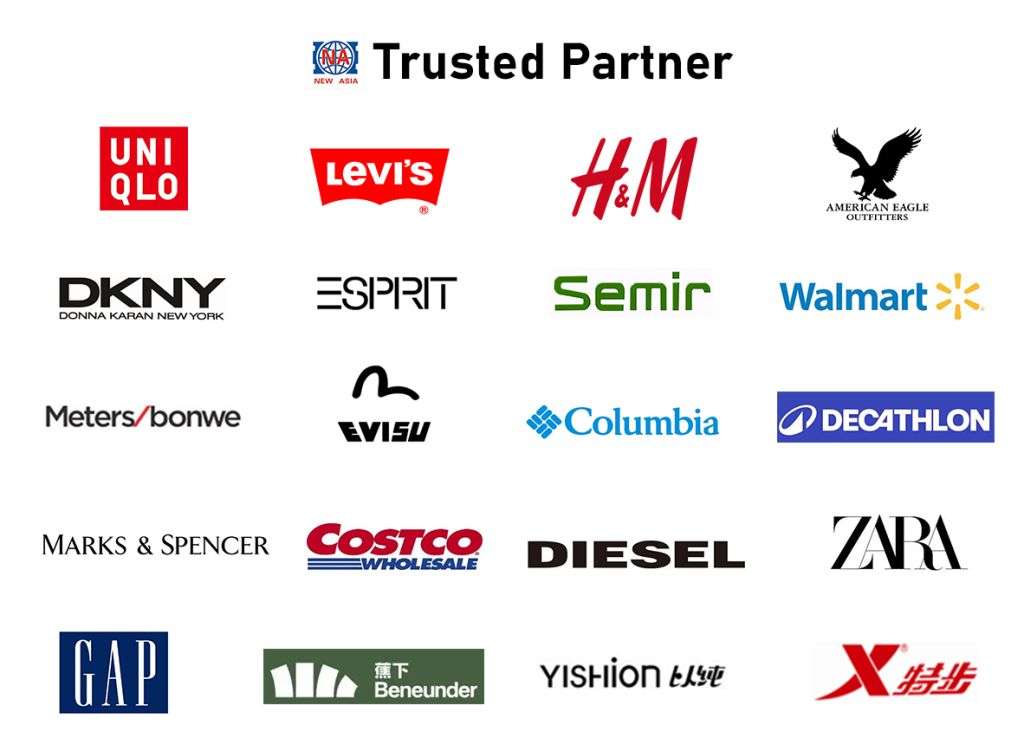Denim jeans are more than just a wardrobe staple; they embody a narrative of culture, style, and functionality. In the modern fashion industry, sourcing high-quality denim materials is crucial for manufacturers and retailers keen on producing durable and trendy styles. This guide will explore everything you need to know about sourcing denim, from understanding fabric types to finding reliable suppliers.
Understanding Denim Fabric Types
Before diving into your search for denim material suppliers, it’s essential to understand the different types of denim available in the market. Each type of denim offers unique characteristics and aesthetic qualities, catering to diverse fashion requirements.
1. Raw Denim
Raw denim is unwashed, untreated fabric right from the loom. It possesses a stiff texture that softens and conforms to the wearer’s body over time. Raw denim enthusiasts often appreciate the fading patterns that develop from regular use—a sign of authenticity and personal style.
2. Selvedge Denim
Selvedge denim is woven on traditional shuttle looms, creating a finished edge that prevents fraying. Known for its durability and unique denim texture, selvedge denim is often preferred by high-end brands and discerning consumers.
3. Stretch Denim
Typically blended with elastane, stretch denim offers more flexibility and comfort than traditional denim. It’s the go-to choice for various styles, including skinny and boyfriend jeans, ensuring fit and ease for the wearer.
Identifying Quality Denim
Quality is paramount when selecting denim fabric. Various elements contribute to the overall quality of denim, and understanding them can help you make informed choices while sourcing from suppliers.
1. Weight
The weight of denim typically ranges from 8 oz. to over 16 oz. Higher ounces indicate a heavier and more durable fabric. Manufacturers should consider the end-use of the jeans when determining the suitable weight.
2. Dyeing Process
The indigo dyeing process significantly affects the final look of the jeans. There are two primary methods: rope-dyeing and ring-dyeing. Rope-dyeing allows for deeper color saturation, while ring-dyeing offers lighter shades.
3. Weave Structure
Denim’s weave can vary between twill, plain, or other variations. Twill weave, often used for denim, provides strength and an appealing diagonal pattern. Understanding the weave structure can help in identifying the fabric’s performance and appearance.
Finding Reliable Denim Material Suppliers
Finding the right suppliers is an essential component of your sourcing process. Below are tips on how to find trustworthy denim material suppliers that align with your brand’s vision and quality requirements.
1. Research Online Marketplaces
Popular online marketplaces such as Alibaba, ThomasNet, and Maker’s Row can connect you to a myriad of denim suppliers. Pay close attention to reviews, ratings, and supplier certifications to ensure reliability.
2. Attend Trade Shows
Industry trade shows such as the Texworld USA or the Denim Show provide opportunities to network with suppliers and view their materials firsthand. Being able to touch and feel the fabric adds an irreplaceable dimension to your sourcing process.
3. Leverage Industry Networks
Connecting with other industry professionals through platforms like LinkedIn or industry forums can provide insights into reliable suppliers. Personal referrals often lead to trustworthy business relationships.
Evaluating Supplier Capabilities
Before finalizing your decision on a denim supplier, it’s vital to evaluate their capabilities in terms of quality control, lead times, and scalability.
1. Quality Control Processes
Inquire about the supplier’s quality control measures. Do they conduct regular inspections? What certifications do they hold? Reliable suppliers often have a robust quality assurance process in place to confirm the consistency of their products.
2. Lead Times and Flexibility
Understanding production lead times is essential for planning your inventory. A good supplier should be able to provide an estimate and demonstrate flexibility during peak seasons or unexpected demand fluctuations.
3. Production Scale
Ensure that the supplier can accommodate your production scale, whether you require small batches or large volume orders. Discuss their capabilities to support potential growth in your business.
Building Strong Relationships with Suppliers
Once you’ve identified potential suppliers, focus on building strong relationships that can lead to sustainable partnerships over time.
1. Clear Communication
Establishing clear and regular communication can mitigate misunderstandings and foster a positive working relationship. Be transparent about your needs and expectations to help suppliers align their capabilities accordingly.
2. Mutual Trust
Trust is vital! Demonstrating reliability and consistency in your orders will reassure your suppliers and encourage them to prioritize your business needs.
3. Consistent Feedback
Providing constructive feedback about the materials received can help suppliers improve their offerings and strengthen your partnership. A collaborative approach often yields better results and more favorable terms in future transactions.
Additional Considerations
While the focus has been on denim as a material, it’s also essential to consider sustainability and ethical sourcing. As consumer demand for environmentally friendly products continues to rise, sourcing suppliers that align with these values can enhance your brand’s reputation.
1. Sustainable Denim
Look for suppliers who offer organic or recycled denim. Engaging with suppliers that prioritize sustainable practices can significantly boost your brand’s appeal to eco-conscious consumers.
2. Ethical Practices
Research potential suppliers’ labor practices. Aligning your sourcing with companies that promote fair labor practices can enhance your company’s image and resonate with consumers who value ethical production.
Final Thoughts
Sourcing high-quality denim material is a vital part of building a thriving apparel business. Understanding fabric types, evaluating supplier capabilities, and building strong relationships can help you remain competitive in this ever-evolving industry. As you embark on your journey of sourcing denim, keep these factors in mind to make informed decisions that will support your brand’s success and sustainability.



